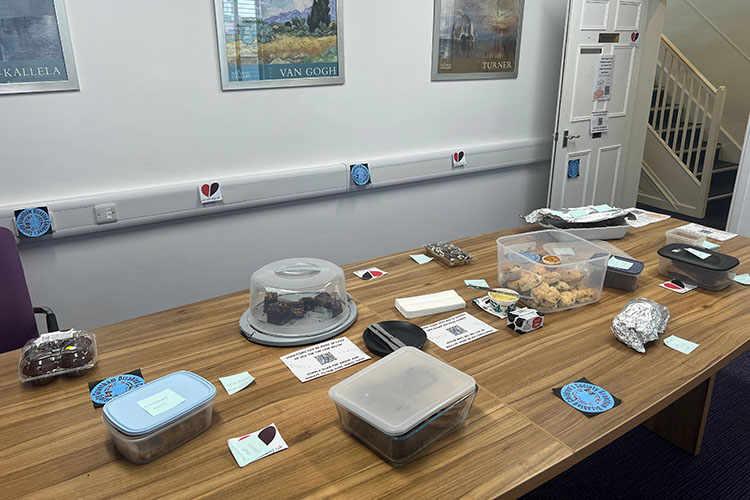How To Re-balance An Investment Portfolio
“Set it and forget it” often does not work when it comes to investing. As established Chartered IFAs in Lincoln, we know all too well that, inevitably, you need to regularly visit your investments and see how they are doing.
Sometimes, you need to bring things back into line with your goals and preferred risk profile.
In this short guide, our Lincolnshire-based IFAs share some rare insights into how investment portfolios are re-balanced.
A Simple Example
A basic illustration often helps make this frequently abstract topic a lot more tangible.
Imagine there’s an investor with £100,000 who wants to put her money into two types of assets – gilts (government bonds) and equities (shares), splitting the money equally between the two.
Suppose that, after 12 months, the former rises by 15% and the latter falls by 5%. At this point, the investment portfolio looks like this:
Total: £105,000
Gilts: £57,500
Equities: £47,500
This means the portfolio has risen by 5%. It also means that the portfolio is now distributed differently from how it was 12 months ago (54.7% gilts, 45% equities).
Imagine that, after another year, the gilt section grew another 15% and the equities shrank another 5%. The asset allocation would be even further away from the initial intention of keeping an even 50:50 distribution of assets.
To put things back on track, the portfolio needs re-balancing. This is what our financial advisers in Lincoln will do with clients. They assess client investment portfolios in light of the original goals, and then work in partnership with clients to re-balance them accordingly.
How A Re-balance Might Work
Let’s go back to the example above, at the end of the first 12 months:
Total: £105,000
Gilts: £57,500
Equities: £47,500
In order to bring the balance back to an even, 50:50 distribution of assets between the 2 classes, £5,000 worth of gilts would need to be sold. In addition, £2,500 worth of equities would need to be purchased.
This would mean that, at the start of the second investment year, both asset classes were valued at £52,500.
This might all seem academic, but consider the case of an asset class dramatically falling in value one year. This re-balancing can take advantage of the lower priced assets and potentially improve the longer term return on your portfolio.
Naturally, the above examples are very simple and do not represent the more intricate, complex realities of an investment portfolio.
When our IFAs in Lincoln construct portfolios for clients, for instance, a wider range of asset classes is typically used, such as:
- Cash
- UK Gilts
- UK Equities
- Overseas Equities
- Commercial Property
- Commodities
- UK, Overseas and Corporate Bonds, including higher yielding bonds
- Overseas Government Bonds
- Alternative investment classes such as infrastructure or commodities
And more.
Of course, this makes the re-balancing process more complicated. Yet it also means that your investments are more diversified, therefore allowing more protection against dips.
A Word On Risk
Investing can be unnerving for many people, due to the perceived risk involved.
All of us have varying degrees of tolerance to risk. Some have a very low tolerance, whilst others happily label themselves as “risk takers”. Others lie at various points on the scale between the two.
It is therefore vital that both you and your IFA establish early on what your attitude and tolerance to risk is. This then needs to be reflected in your investment portfolio.
Some investments will be riskier than others – although they carry the potential of a higher return. Others will be lower risk, and also lower potential reward. You need to be comfortable with the balance you strike between the two in your portfolio.
For instance, an investment portfolio for a higher-risk investor would contain a higher exposure to equities, particularly those overseas e.g. emerging markets and specialist sectors e.g. smaller companies and less in fixed interest securities (bonds) e.g. gilts.
However, bear in mind that your risk tolerance can change as you go through life. For example, if you are a young professional with a high income, then you might be prepared to construct an investment portfolio with your adviser which carries a higher level of risk.
However, as you get older and build up your wealth, your risk tolerance might conceivably go down. Growing your money might no longer be as important as preserving what you have already accumulated. As such, a re-balancing of your diversified portfolio will be vital to more accurately reflect your new investment priorities.












